Jefferson Hack: Champion of Youth and Counter Culture
Meet the founder, editorial director of Dazed Media, the digital publishing company behind Dazed (+Digital), Hunger, AnOther and AnOther Man.
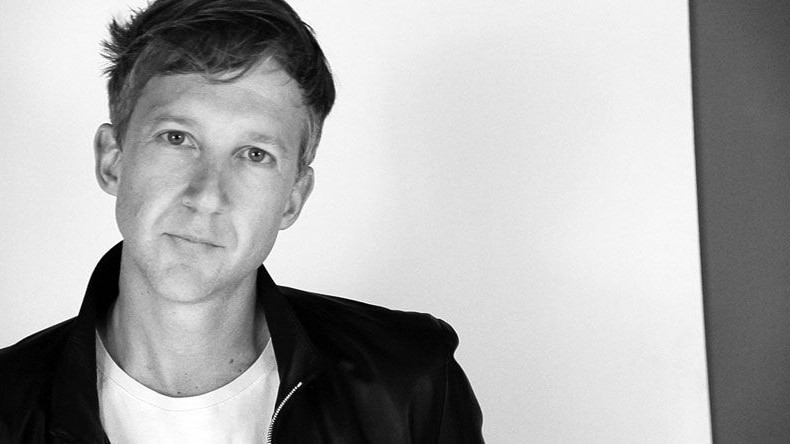
In 1991, Jefferson Hack launched Dazed & Confused. He was just 19 years-old and in the midst of his uni days at the London College of Printing. He and the photographer Rankin, schoolmates at the time, would meet in the college’s canteen to dream up and design what would soon become a boundary-pushing beacon in the media empire. Despite a modest budget, the magazine attracted considerable attention from the design industry – no doubt due to the discerning eyes of these two ‘design nerds’ (Hack said it first) and the mission of the project, which aimed to cross industries and disciplines to cover the most inspiring and pioneering protagonists from fashion, to art, to architecture and design. It was about putting the niches and fringes into central focus: to open up the possibility for discovery and play. More than anything it was about risk, pushing the buttons of convention, seeing what they could get away with. And two and a half decades later, with a small DIY, hand-distributed, monochromatic magazine transforming into a network, Dazed Media Group, with numerous publications, sites, commissioned projects from big name brands like Adidas, Calvin Klein and Canon, it still does just that.
Dazed & Confused quickly became a publication that stood for all things countercultural and the avante-garde, combining fashion, culture, music and photography into a single publication for a new take on what the printed word could handle in contemporary creative culture. Both were obsessed with the idea of high quality print applied to the magazine format, with curated, thoughtful and moving stories from and about a wide range of subjects, from icons to those still underground or figuring out their voice. Cover stars included Björk, Radiohead’s Thom Yorke and David Bowie. Sam Taylor-Wood and Alexander McQueen were among its early contributors, while visual artist sibling duo the Chapman Brothers first made their name through the exposure Dazed & Confused provided.
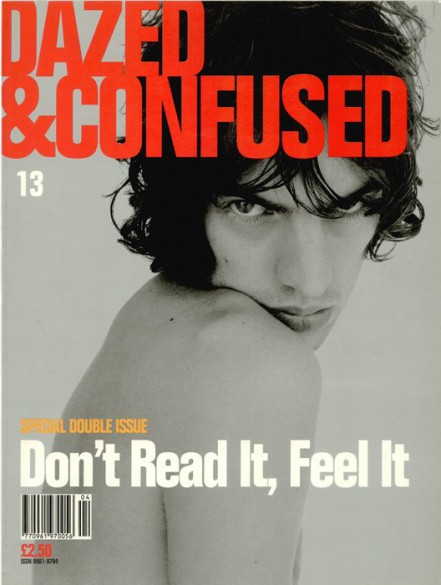
In 2001, Hack and Rankin launched luxury biannual AnOther Magazine. AnOther Man followed in 2005, followed by its online extension. In 2006, Hack and Rankin made the full leap: taking the brand further into the digital sphere through Dazed Digital—a branch of the brand that created opportunities for daily news and feature exclusives in all of the niche markets they had been exploring via the print magazines. Digital content included coverage on fashion, film, music and art. Dazed & Confused was rebranded to Dazed in Spring 2014.
“AnOther Magazine: another point of intervention, another set of discoveries, another way of looking at things, another 30 minutes of your time, another kiss, another curious idea that just came to mind, another reason to get out of bed in the morning, another sense of déjá vu, another chance to do it all over again next season. Another damn fine day.” – Opening Manifesto for AnOther Magazine, 2001
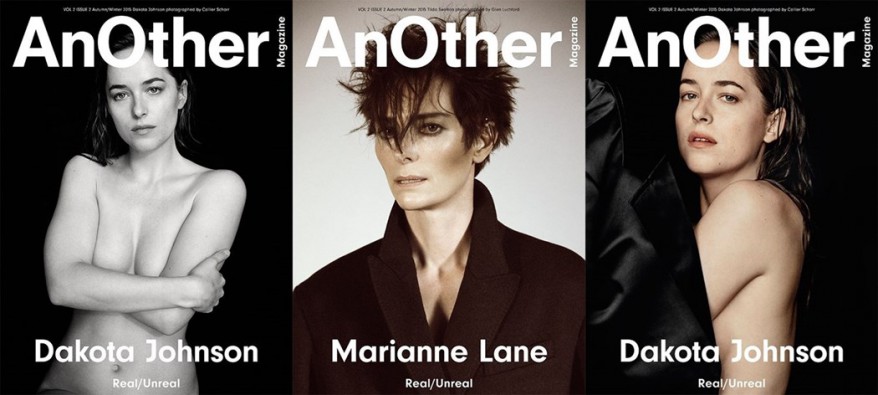
Digivolution means acceleration and a need for constant adaptation, which Hack and his empire have down pat. Never one for sitting back and letting things take their pass, Dazed has always been on the frontier of the now, both in terms of concept and medium. It’s always kept the back and front doors open, allowing newcomers upon the digital media landscape to bump elbows with seasoned icons. It’s encouraged a steady flood of culture to flow through, allowing for a publication that is as diverse as it is deep. It’s kept it’s themes open and airy and breathable, allowing a diversity of stories, tones and textures, consistently relevant, touching, inspiring, and effortlessly cool. It’s held on to print while shapeshifting for the rabbit hole of digital media, and remains an “oldschool” publishing powerhouse, bringing to the shelves and to our doors our most beloved copies of Dazed, AnOther and Another Man.
Born in Montevideo, Uruguay, Hack’s family spent time in South America, Singapore and Belgium before returning to the UK when he was 9. But, according to Hack, his parents were hardly cultural globetrotters; rather all of the creative curiosity came from within, and started young (Hack was apparently very into French New Wave at the ripe age of 11.) Though he wasn’t brought up in an arts-loving household, traveling as much as he did no doubt fostered a keen eye for culture and a hunger for more. While serving as Editor of Dazed and Confused, Hack was introduced to supermodel Kate Moss, who would later become his girlfriend. Through this relationship Hack landed square in the attention of the media, something which he insists he continues to resist to this day. In 2002, the two had a child, Lila Grace, for whom they continue to share custody. They’ve since broken up, dated rockstars and Belgian supermodels and Counts, but remain very close. Upon reflection, Hack considers the birth of his child to have been a pivotal moment in his life and lifestyle – and while he says that dad status means he can no longer live like a Dazed reader, he still acts with the kind of intuition, adaptability, excitability and guilelessness that produced the journal fifteen years ago. He’s still fresh with ideas and directions for Dazed to move toward, keeping up with the pace of digital media.
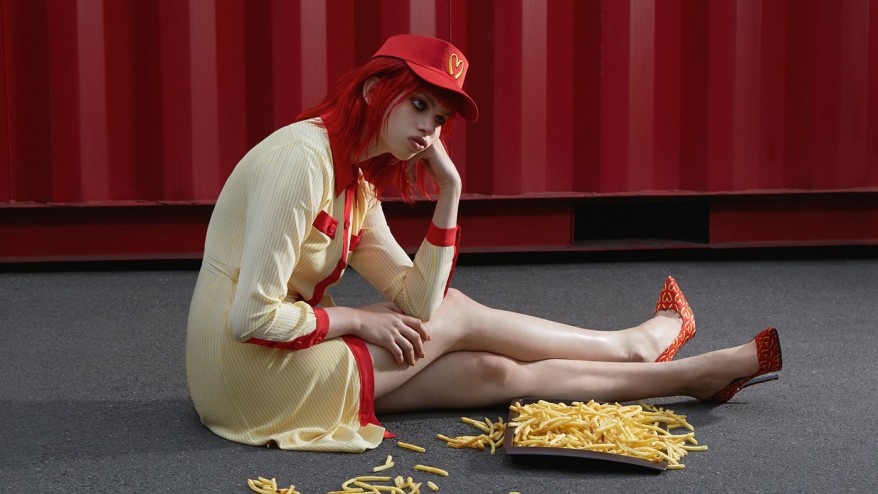

His latest move? Satellite blogs. Following his mantra, “the future of magazines is niche and independent,” this initiative is based on the concept of open software, a contemporary informational revolution that has affected more than just politics: from architecture, to business, and journalism, open data has changed the types and quantity of public “private” information, crushing the boundary between the two in a real-time process. It’s also the right to create and share one’s own content without restriction. This desire to know more, and to be heard more, is quickly turning into a right. It’s one of the biggest cultural shifts of the 21st century, and an alarmingly low number of Hack’s peers, some from later generations, seem to realize this. Hack and Dazed have a lot more to give to the digital media empire, including ever-more-specialized and more personal blogs where content may be distributed and shared at a nearly instantaneous speed. And, clearly, we have a lot more to learn.
Oh, and Digital Print Books.
McQueen Digital Limited Edition
In 2015 AnOther Magazine revolutionized the traditional magazine format with the world’s first high-definition moving magazine cover. This innovative magazine experience brought together the worlds of fashion, technology, publishing and music.
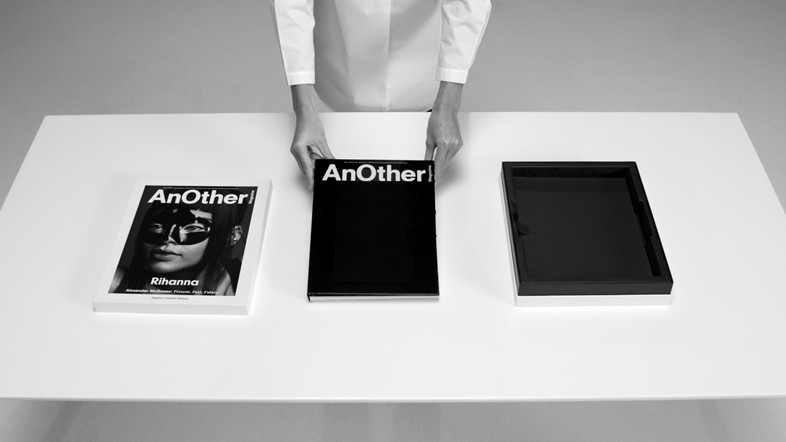
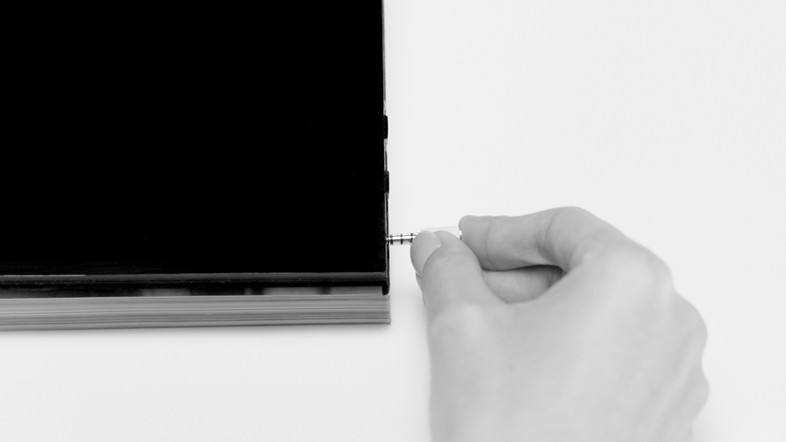
On Digital Media and the Printed Word:
“The old media model is a frozen moment in time; a monthly magazine, a seasonal trend — it’s over,” he said. “Digital culture is a constant stream. Either you adapt to it, or you are a dinosaur and you will die.”
On Building A Dream Team
“We’re a young staff, we’re connected. We listen, that’s my innovation.”
On Balancing Work And Family
“I can’t live the lifestyle of a Dazed reader … it’s not a big hurdle — I think having a kid made me a man.”